Gold-plated jewels are not all the same. Discover the differences and how to clean gold-plated jewelery ♦ ︎
The proverb teaches: all that glitters is not all gold. True. Because gold jewelery often has only a small part of it. Sometimes very small: it is a thin, very thin patina of gold that covers another metal, like silver, copper or bronze. But, be careful, not all the gold covers are the same: there are more resistant or those so light that they threaten to disappear after the second dusting. So when you buy a jewel, you have to pay attention to how it is described. Because the differences are really many. And if a technical data sheet of the jewel is not provided, ask the manufacturer or retailer for the characteristics of the workmanship.

Gold plated
With this technique a thin layer of gold is applied on a less expensive metal, usually copper or silver, but in some cases also bronze. On average the plating provides to cover these metals with a layer of gold of about 2 microns (ie 2 thousandths of a millimeter) that can be applied with different techniques. The most common system for obtaining plating is the immersion of the jewel in a tank filled with a solution containing metal ions to be applied, which are integrated into the surface thanks to the action of the electric current and the resulting chemical reaction, phenomenon that is called electrolysis. Naturally, the thicker the applied gold layer the more the jewel’s plating will last over time. In a nutshell: Galvanic is a technique, used mostly in the industrial field, which allows to cover a non-precious metal with a thin layer of a more precious or noble or passivable metal, exploiting the electrolytic deposition.
Tip: the gold-plated jewelry should be cleaned gently with water, a drop of soap, and dried with a soft cloth, without rubbing it with too much energy.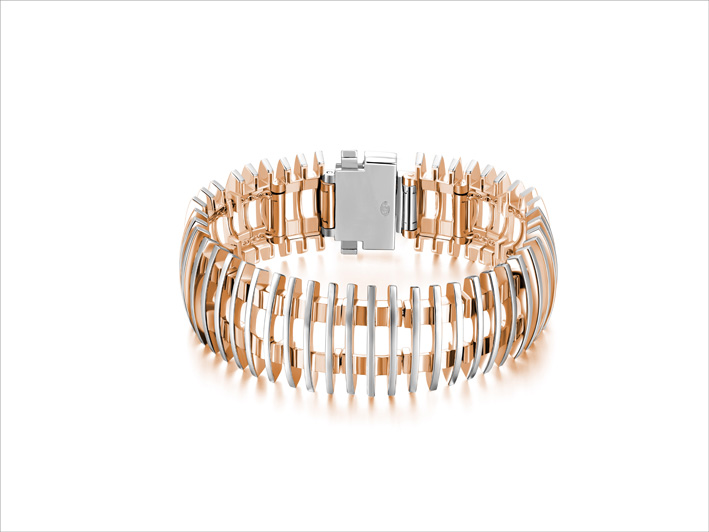
Gold filled
This term comes from the USA. The gold-filled jewels have the composition 14K 1/20 G.F. In practice, on the surface of the object there is a 14 carat gold layer, with a minimum of 5% to a maximum of 20% of the object’s weight. In comparison to a simple plating, in short, the gold filled jewel has a higher percentage of gold. It is therefore more difficult for a scratch to bring out the underlying metal: a jewel with this type of cover will not be easily distinguished from a jewel of only gold. But, beware: in the case of sale, its value will be lower.
Tip: You can clean a jewel made with the gold filled technique with some peace of mind: a drop of liquid soap in warm water and a toothbrush with soft bristles is enough to make the jewel clean and shiny, after drying it with a cloth cotton or, better, synthetic fabric. But be careful not to rub too hard.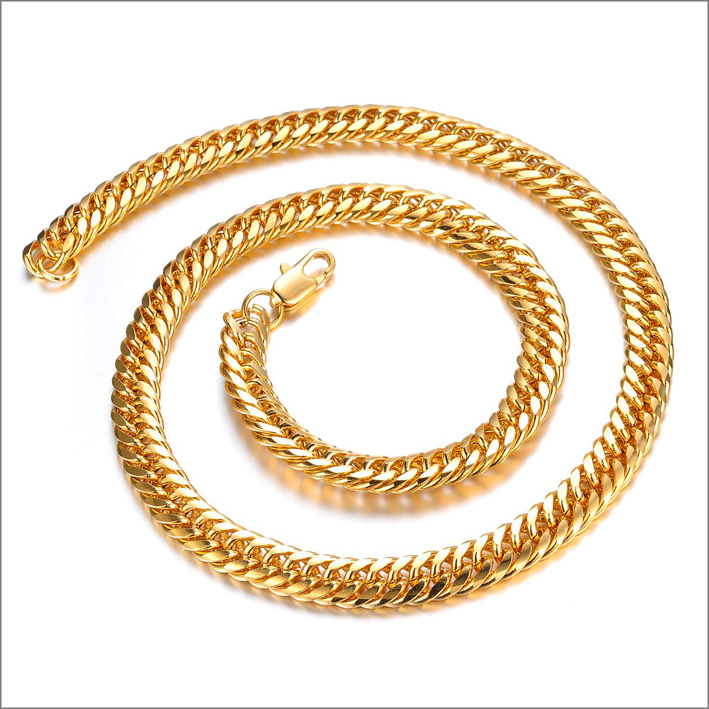
Vermeil
It is a French term: the vermeil is 925 sterling silver covered with thin layers of gold. While the standard plating is about 2 microns of gold, a vermeil coating is on average 1 micron and a half. The gold used is 14 carats. Although the gold cover layer is very thin, the integration between gold and silver works very well and guarantees good resistance. Also in this case the process used is the electrolytic one.
Tip: even in this case, do not use aggressive chemicals for cleaning. Just a little bit of lukewarm water with soap and a lot of delicacy in polishing with a soft cloth.
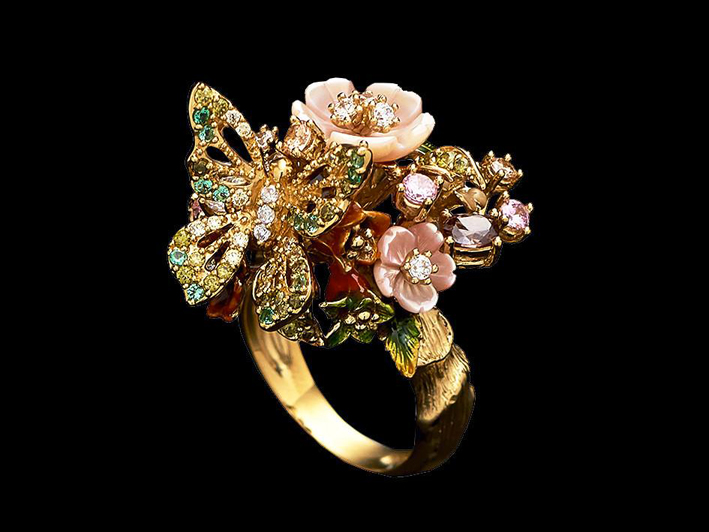



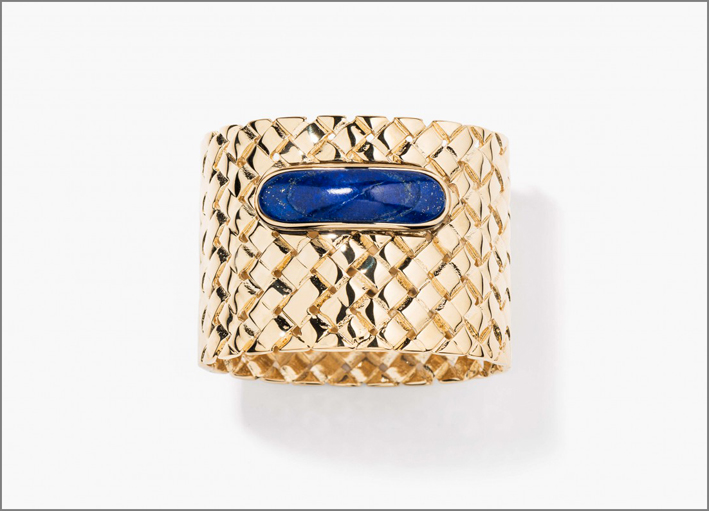






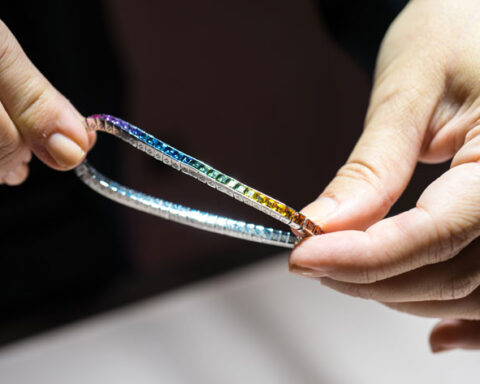
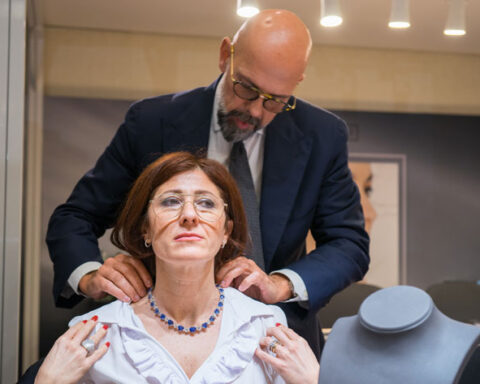

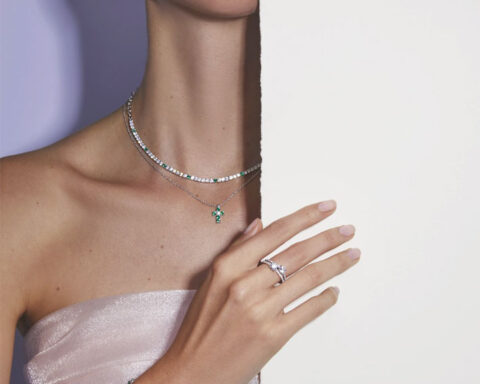

Ich habe sehr viel alten Schmuck. Diesen möchte ich nun zur Vergoldung in Niederösterreich schicken. Gut zu wissen, dass bei der Vergoldung dünne Goldschichten auf den Schmuck aufgetragen werden.